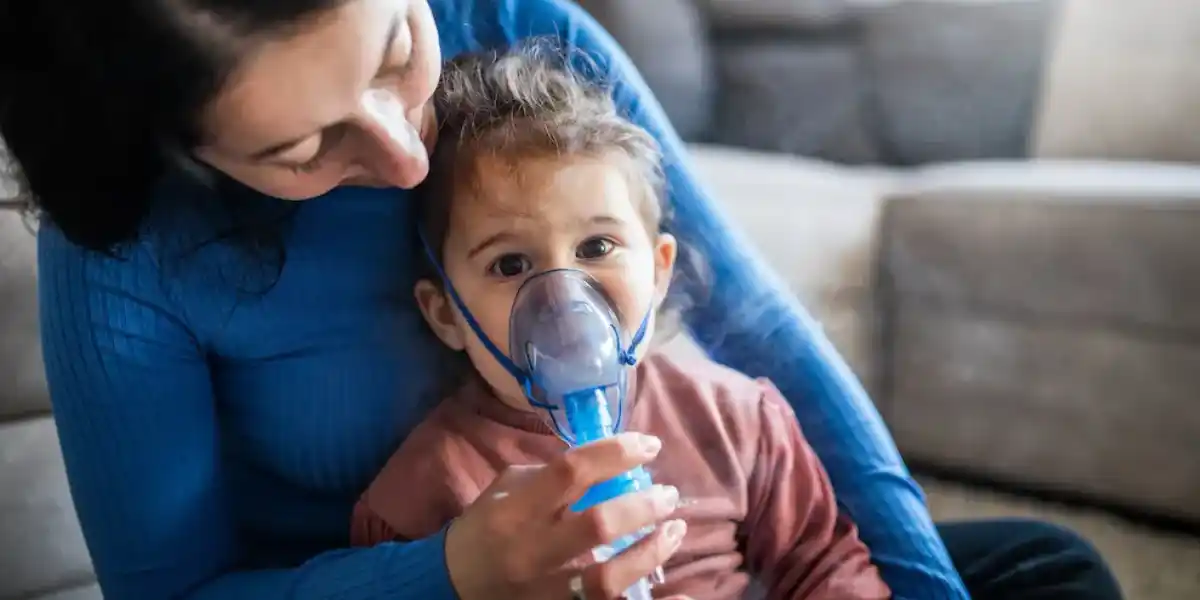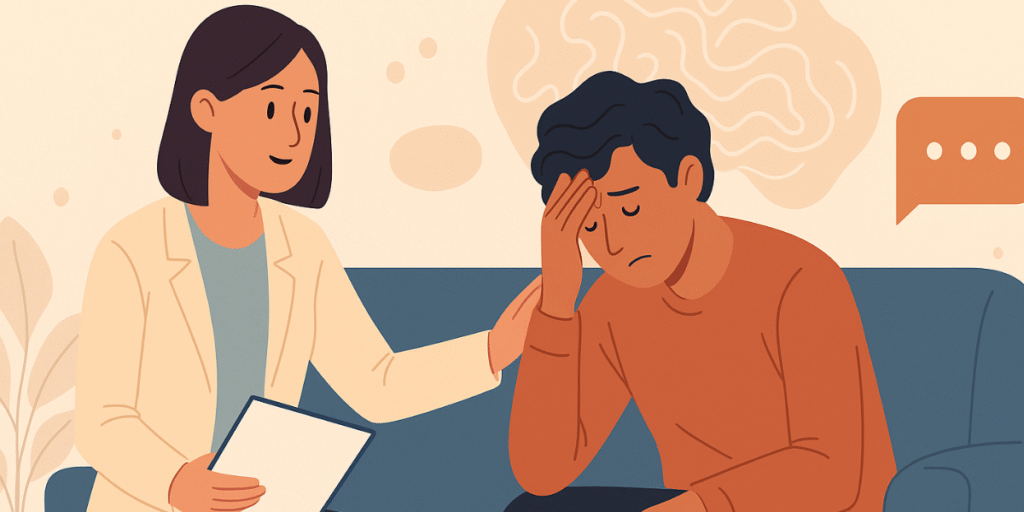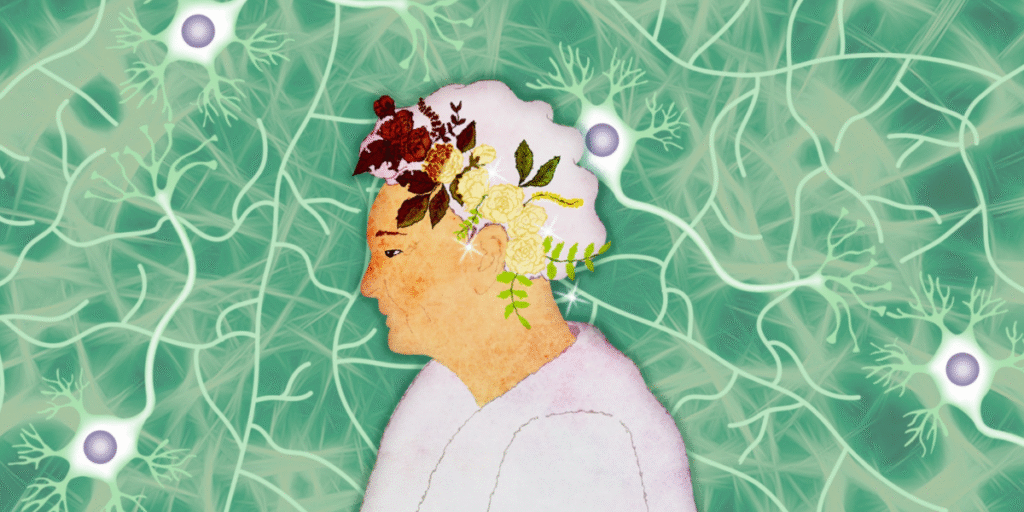Bipolar Affective Disorder (BPAD), also known as Manic Depression, is a lifelong mental health condition that causes extreme mood swings. These include emotional highs (mania or hypomania) and lows (depression).
In Australia, about 2.2% of people experience bipolar disorder, often starting in early adulthood.
Signs and Symptoms of Bipolar Disorder
Mania Symptoms
Manic episodes may last at least 7 days and can include:
- Feeling overly happy, energetic, or irritable
- Racing thoughts and rapid speech
- Decreased need for sleep
- Impulsive or risky behaviours (spending, sexual activity)
- Unrealistic plans or delusions
Depression Symptoms
Depressive episodes can bring:
- Persistent sadness or hopelessness
- Lack of motivation and interest
- Changes in sleep and appetite
- Feelings of guilt or worthlessness
- Thoughts of self-harm or suicide
Early treatment of depression is crucial to reduce suicide risk.
Types of Bipolar Disorder
Bipolar I
Characterised by severe manic episodes, often requiring hospitalisation. May also include depression or psychosis.
Bipolar II
Involves hypomania (less intense highs) and frequent, longer-lasting depressions.
Cyclothymic Disorder
Persistent mood fluctuations that are milder but still impact daily functioning.
Causes of Bipolar Disorder
Bipolar Disorder can result from several combined factors:
- Genetics: Family history increases risk.
- Brain chemistry: Imbalances in serotonin and norepinephrine.
- Environmental stress: Trauma, major life events, or ongoing stress.
- Substance use: Drugs like cocaine or amphetamines can trigger episodes.
- Health factors: Brain injuries or sleep disruption can contribute.
Diagnosis
Diagnosis involves:
- Physical exams and blood tests
- Detailed mental health assessment
- Tracking mood changes over time
Early diagnosis helps prevent severe episodes and improves quality of life.
Treatment Options for Bipolar Disorder
Medication
- Mood stabilisers (e.g. lithium, valproate)
- Antipsychotics (e.g. olanzapine, aripiprazole)
- Antidepressants, when needed
Therapy
- Cognitive Behavioural Therapy (CBT)
- Dialectical Behaviour Therapy (DBT)
- Mindfulness-based therapy
- Acceptance and Commitment Therapy (ACT)
Electroconvulsive Therapy (ECT) may be used in severe, treatment-resistant cases.
Living Well With Bipolar Disorder
Although there’s no cure, many people live full lives with proper management.
Tips include:
- Maintain a regular sleep routine
- Avoid drugs and limit caffeine
- Exercise regularly and eat well
- Take medication consistently
- Build a support network and attend therapy
- Develop a crisis plan with your care team
Complications and Risks
Without management, bipolar can lead to:
- Substance misuse
- Anxiety and cardiovascular issues
- Financial or relationship problems
- Suicidality during depressive episodes
Ongoing treatment and support help reduce these risks and improve long-term wellbeing.
Where to Get Help
If you or someone you know needs support, contact:
- Lifeline: 13 11 14 (24/7)
- Black Dog Institute: blackdoginstitute.org.au
- R U OK?: ruok.org.au
- 13YARN: 13 92 76 (for Aboriginal and Torres Strait Islander people)
- QLD 1300 MH CALL: 1300 642 255 (24/7)
Final Thoughts
Bipolar Affective Disorder is a serious but manageable condition. With early diagnosis, the right treatment, and ongoing support, individuals can lead balanced, meaningful lives. Reducing stigma and encouraging open conversations about mental health are key to better outcomes for everyone.













